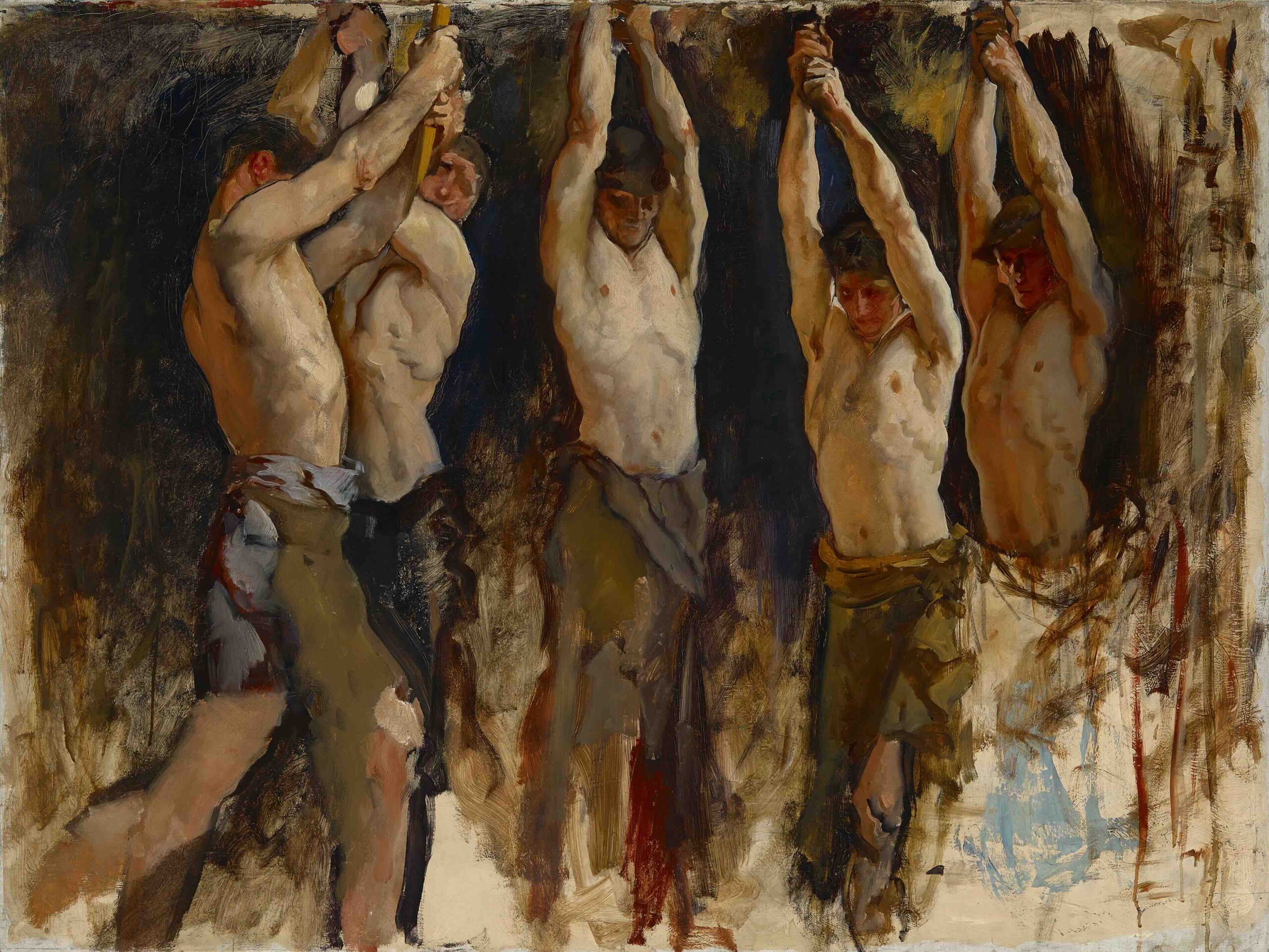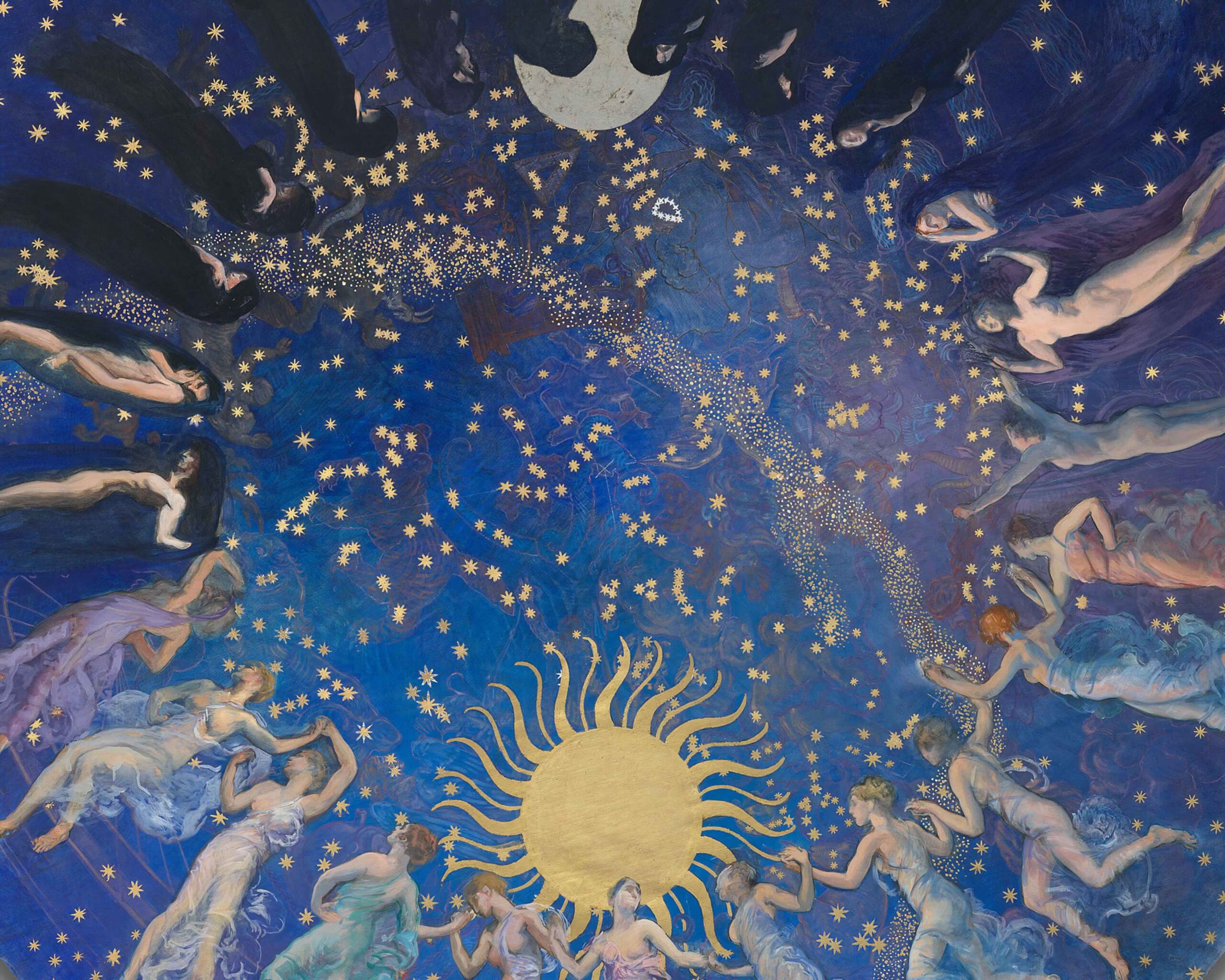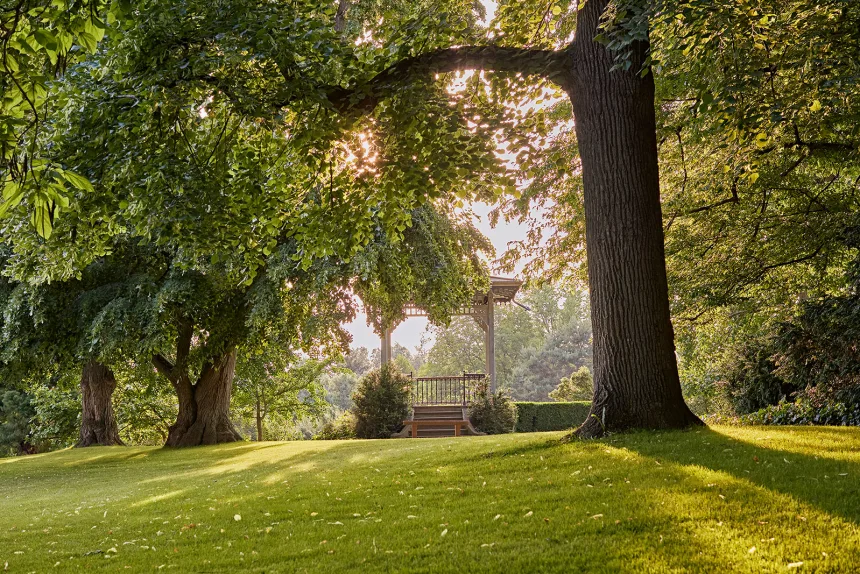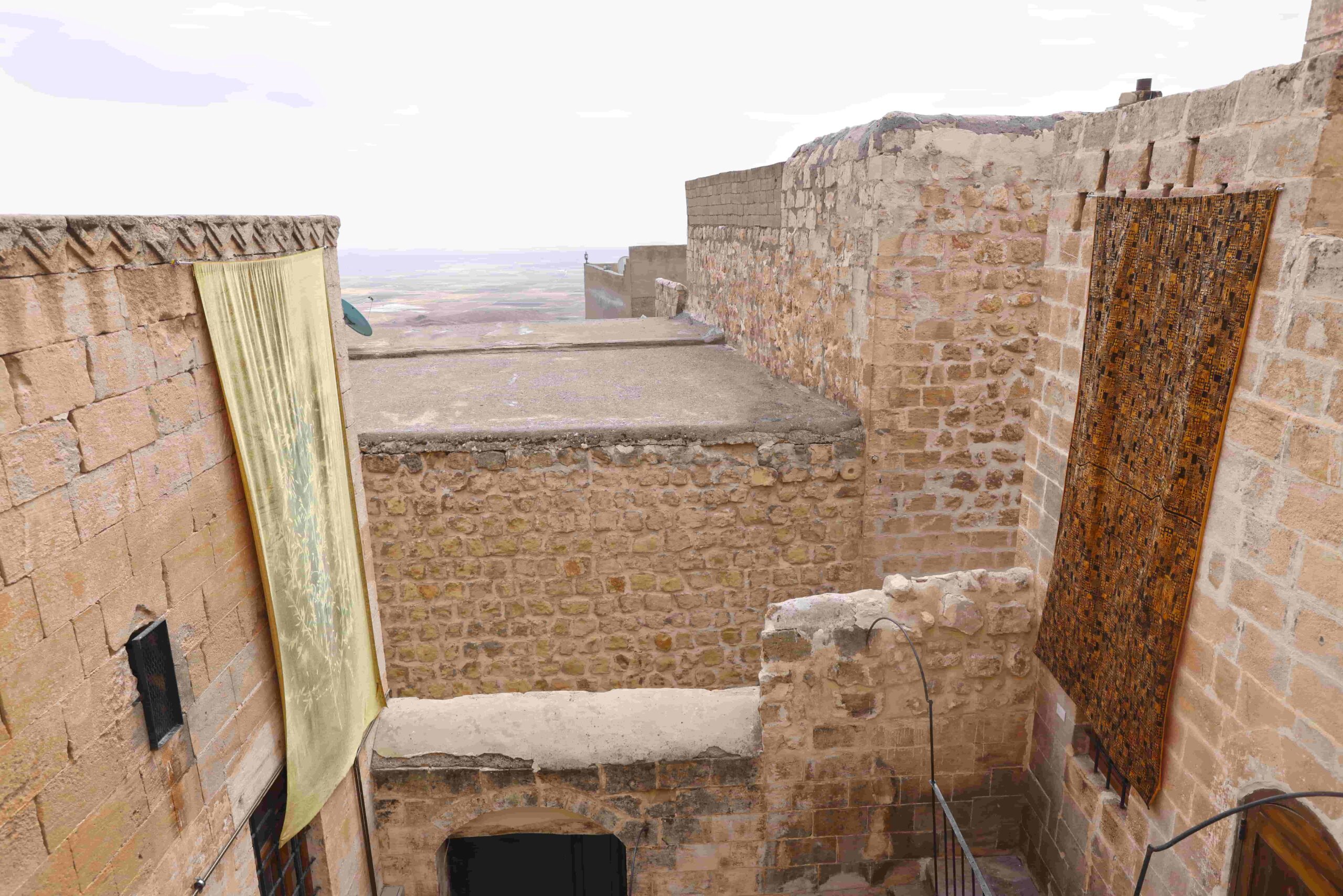Edwin Austin Abbey’s monumental work, symbolizing America’s cultural ascent, emerges once again after a long hiatus. Opening on 20 November at the National Gallery, the exhibition focuses on Abbey’s grand composition for the Pennsylvania State Capitol, The Hours bringing renewed attention to the artist’s legacy. Recently restored by the Yale University Art Gallery, this vast work is being shown in the UK for the first time in over a century and will be on display until 15 February 2026.

The Painter Who Shaped a Nation’s Vision
Born in Philadelphia and living in England from 1878, Abbey achieved wide recognition in both America and Europe during his lifetime. A close friend of John Singer Sargent and Henry James, he became a leading figure of the American Renaissance, a period of cultural renewal. Renowned for his large-scale public commissions, Abbey developed a powerful visual language using allegorical figures to express civic ideals. “The Hours” stands out as one of the most striking examples of this work.
Alongside “The Hours,” the exhibition features six preparatory studies for The Apotheosis of Pennsylvania. Depicting figures such as Sir Walter Raleigh and Daniel Boone, these sketches reveal how Abbey organized historical characters into rhythmic arrangements that shaped public memory. Designs for the Capitol’s rotunda lunettes, including “The Spirit of Light” and “The Spirit of Vulcan,” demonstrate how Abbey blended Symbolist influences with American public architecture.

Produced in Abbey’s vast London studio in the early 1900s, these works display not only technical mastery but also the cultural ambition of the era, when states used art as a demonstration of power. The monumental projects for the new Harrisburg State Capitol reflected a nation’s desire to present itself to the world through visual grandeur.
The National Gallery’s presentation revives this long-overlooked vision. The Hours and its companion works offer more than decorative appeal; they encapsulate the cultural dynamism of the period, the aesthetic choices of civic art, and the symbolic power that art could wield, showcasing Abbey’s late-career achievements at their most compelling.









